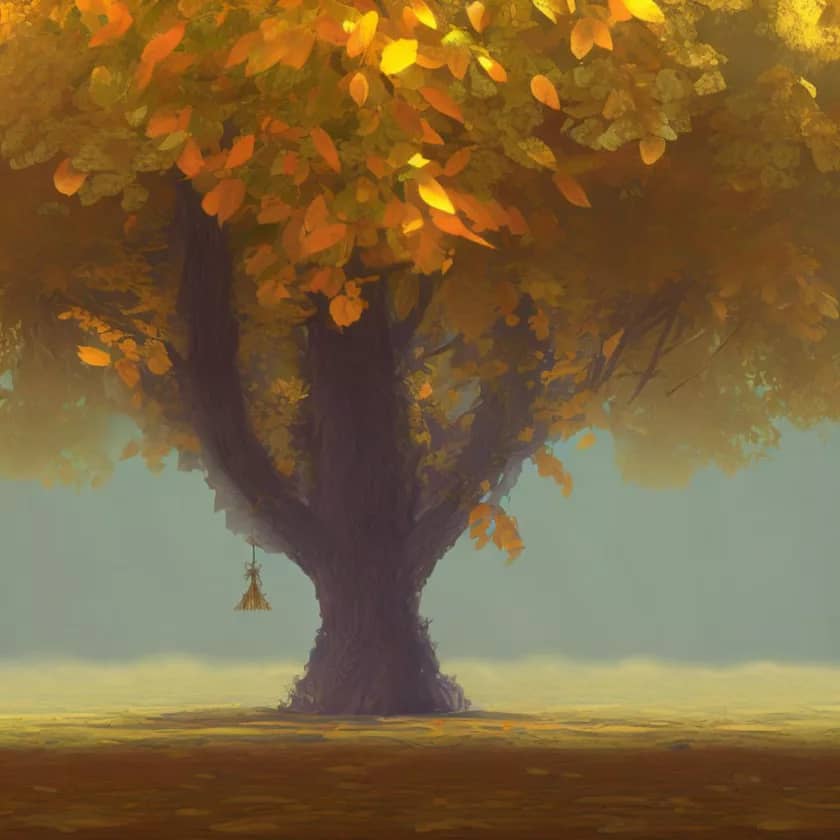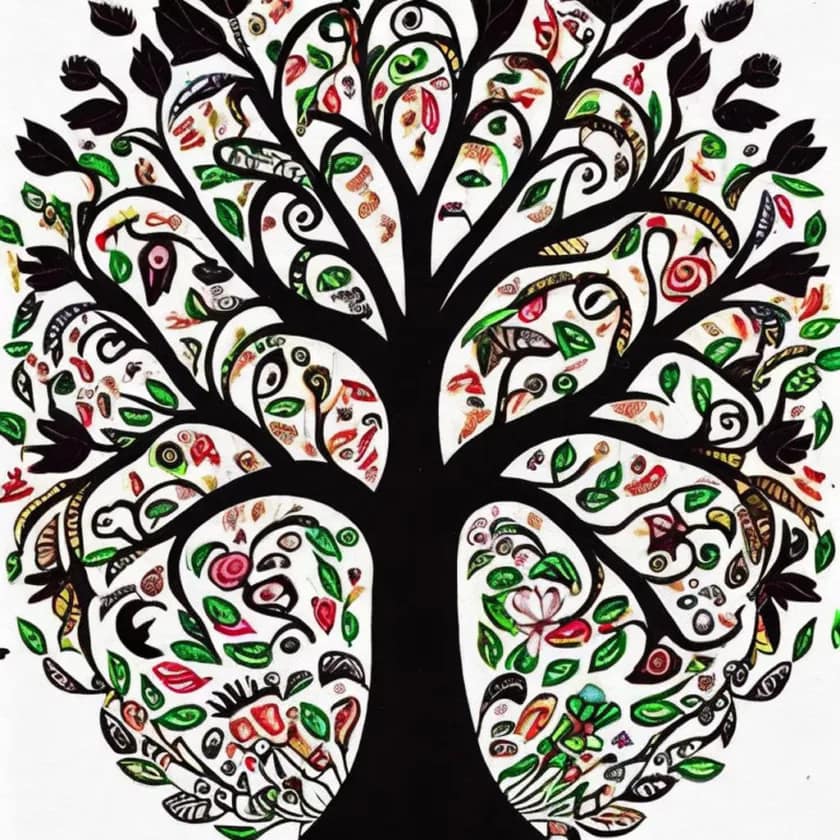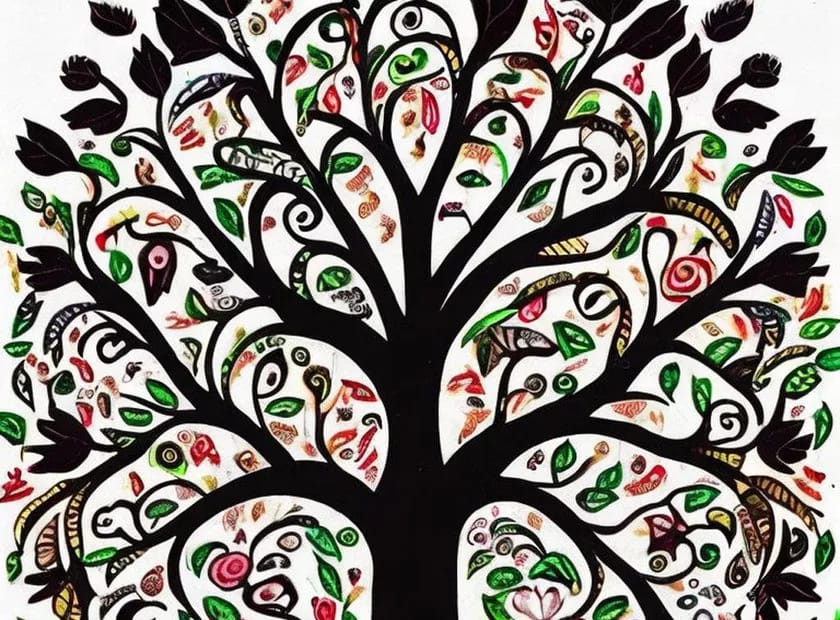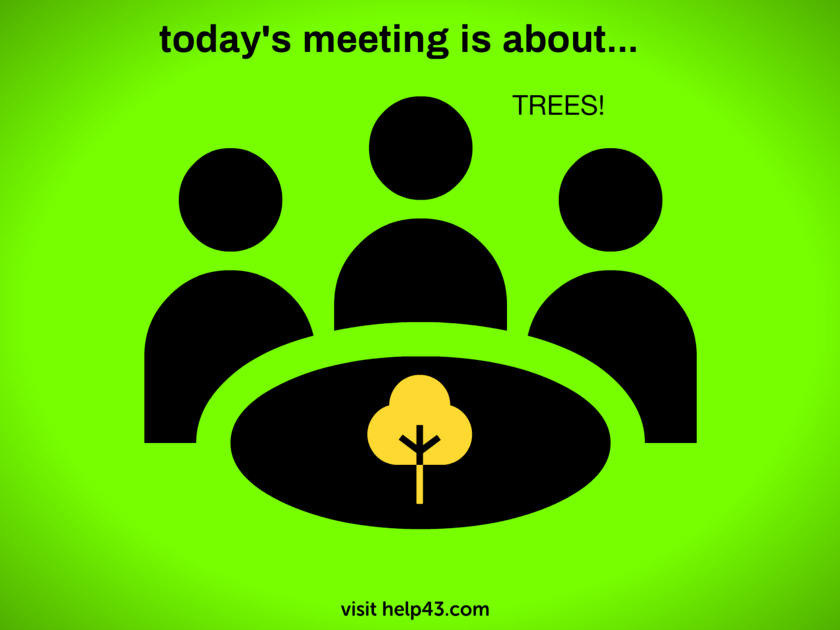The tree of life known as Kalpavriksha in Indian mythology
In Indian mythology, the tree of life is known as the Kalpavriksha, a powerful and magical tree that is said to grant wishes and fulfill desires. It is believed to be a symbol of immortality and regeneration, and its roots reach deep into the earth, connecting the physical and spiritual worlds.
According to legend, the Kalpavriksha was created by the gods and placed in the center of a celestial garden. The tree was said to have the power to grant any wish or desire, and it became the object of desire for gods and mortals alike.
One day, a powerful king named Ravana heard of the tree of life and set out to claim it for himself. He led a great army of demons to the garden of the gods and waged a fierce battle to claim the tree.
The gods fought valiantly to protect the tree of life, but Ravana was a skilled warrior, and he seemed unstoppable. The battle raged for days, with neither side gaining the upper hand.
In a moment of desperation, the gods prayed to the tree of life for help. To their amazement, the tree responded, sending its roots deep into the earth and pulling up a powerful energy that transformed into a fierce warrior.
The warrior was known as Dharma, the embodiment of righteousness and justice. He faced Ravana in battle, and after a long and grueling fight, he emerged victorious, driving the demon king away and protecting the tree of life.
From that day on, the Kalpavriksha became a powerful symbol of hope and inspiration for all who sought to live a life of righteousness and justice. Its roots continued to reach deep into the earth, connecting the physical and spiritual worlds, and its branches reached high into the sky, touching the heavens.
The tree of life inspired generations of people to seek the truth and to live with purpose and meaning, and it became a symbol of the power of the natural world to connect us with the divine.
Kalpavriksha tree in Indian mythology
According to Hindu mythology, Kalpavriksha is a divine wish-fulfilling tree that is said to grant all desires of those who seek its blessings. It is believed to be located in Swargalok, the celestial realm of the gods, and is often depicted as a flowering tree with golden leaves.
In Hindu mythology, Kalpavriksha is associated with the goddess Lakshmi, the goddess of wealth, prosperity, and good fortune. It is said that she resides in the tree’s branches and blesses those who seek her favor.
The tree is also associated with the god Indra, the king of the gods, who is said to have planted the tree in Swargalok. It is said that the tree was originally a gift from the gods to the goddess of the earth, and that it was later moved to Swargalok by Indra.
In addition to being a symbol of prosperity and abundance, Kalpavriksha is also seen as a symbol of immortality and spiritual enlightenment. It is believed that those who meditate under the tree or seek its blessings are granted spiritual knowledge and enlightenment.
Kalpavriksha is a central element of Hindu mythology, representing the idea of abundance, prosperity, and spiritual enlightenment. Its imagery and symbolism are deeply ingrained in Hindu culture, and it continues to be revered by millions of people around the world.

The golden leaves
According to Hindu mythology, Kalpavriksha, the wish-fulfilling tree, is often depicted as having golden leaves. These golden leaves are believed to symbolize the abundance, prosperity, and good fortune that the tree brings to those who seek its blessings.
The golden color of the leaves is also significant in Hindu culture, where gold is considered a symbol of purity, wealth, and divine energy. It is often associated with the goddess Lakshmi, who is believed to reside in the tree’s branches and bless those who seek her favor.
In addition to their symbolic significance, the golden leaves of Kalpavriksha are also believed to have healing properties. In Ayurvedic medicine, which is an ancient Indian system of medicine, gold is used in various forms for its therapeutic benefits. It is believed that the golden leaves of Kalpavriksha may have similar healing properties, and that they can be used to treat various ailments and promote overall well-being.
The golden leaves of Kalpavriksha are a symbol of abundance, prosperity, and spiritual well-being in Hindu mythology, and they continue to be revered and celebrated in Hindu culture today.
Swargalok, also known as Svarga or Svargam
Swargalok, also known as Svarga or Svargam, is a celestial realm in Hindu mythology, and is considered one of the higher planes of existence in the Hindu cosmology. It is often depicted as a paradise or heaven, where the gods, demigods, and other celestial beings reside.
In Hindu mythology, Swargalok is believed to be located high above the earth, and can be accessed only by divine beings or those who have performed great deeds and earned the favor of the gods. The realm is said to be adorned with magnificent palaces, gardens, and other wonders, and is filled with divine music and fragrances.
According to Hindu mythology, Swargalok is ruled by Indra, the king of the gods, who is responsible for maintaining order and balance in the universe. Other prominent figures who are believed to reside in Swargalok include the goddess Lakshmi, the god Vishnu, and the sage Narada.
In addition to being a place of divine splendor and beauty, Swargalok is also seen as a place of reward and punishment, where souls are sent after death to receive the appropriate fate based on their actions in life. Those who have performed good deeds and lived a virtuous life are believed to be rewarded with a place in Swargalok, while those who have led a sinful life are said to be punished in various ways.
Swargalok is a significant concept in Hindu mythology, representing a realm of divine beauty and spiritual attainment, as well as a place of reward and punishment for the souls of the departed.

Swargalok, abode of gods, demigods, and celestial beings
Swargalok is believed to be the abode of many gods, demigods, and celestial beings in Hindu mythology. Here are some of the main deities and their characteristics and relationships:
- Indra: Indra is the king of the gods and the ruler of Swargalok. He is often depicted as a fierce warrior with a thunderbolt weapon, and is associated with storms, lightning, and rain. He is responsible for maintaining order and balance in the universe, and is often called upon for protection and assistance in battles.
- Lakshmi: Lakshmi is the goddess of wealth, prosperity, and good fortune, and is believed to reside in Swargalok. She is often depicted as a beautiful woman with four arms, and is associated with beauty, grace, and abundance. She is highly revered and worshipped by Hindus around the world, and is often invoked for blessings and prosperity.
- Vishnu: Vishnu is one of the principal deities of Hinduism, and is often considered the preserver of the universe. He is often depicted as a blue-skinned man with four arms, and is associated with peace, love, and compassion. He is highly revered by Hindus around the world, and is often called upon for protection and guidance.
- Brahma: Brahma is one of the three major deities of Hinduism, and is often considered the creator of the universe. He is often depicted as a bearded man with four faces and four arms, and is associated with knowledge, creation, and wisdom. He is highly revered by Hindus, although he is not as widely worshipped as Vishnu or Shiva.
- Shiva: Shiva is one of the three major deities of Hinduism, and is often considered the destroyer of the universe. He is often depicted as a meditating figure with a third eye, and is associated with transformation, enlightenment, and liberation. He is highly revered by Hindus, and is often called upon for protection, guidance, and spiritual awakening.
The gods of Swargalok are highly revered and worshipped in Hinduism, and are seen as divine beings with immense power and wisdom. They are often invoked for blessings, guidance, and protection, and are a central part of Hindu culture and mythology.
Thank you for likes, shares and comments! 🌳🌴🌲🌵
Source OpenAI’s chatGPT Language Models, Dalle, AI trot and Fleeky
images Picsart and MIB
Invest in your future
Take time to learn
Embark on your journey in affiliate marketing and website creation alongside an incredible community and myself. Invest in your future by dedicating time to learn and earn. Take all the time you need to master the basics before aiming higher. Give it a try and sign up for free. You won't regret it! Discover the possibilities for yourself...


